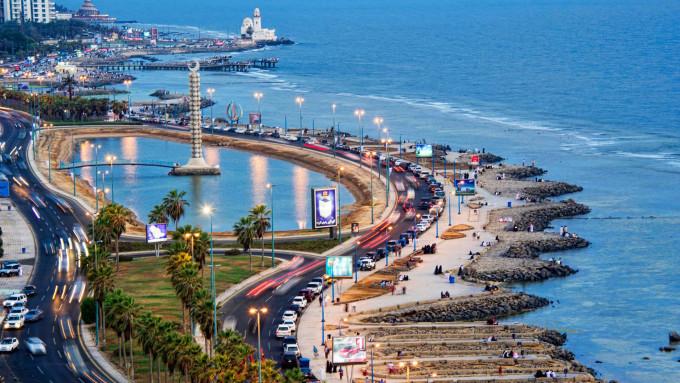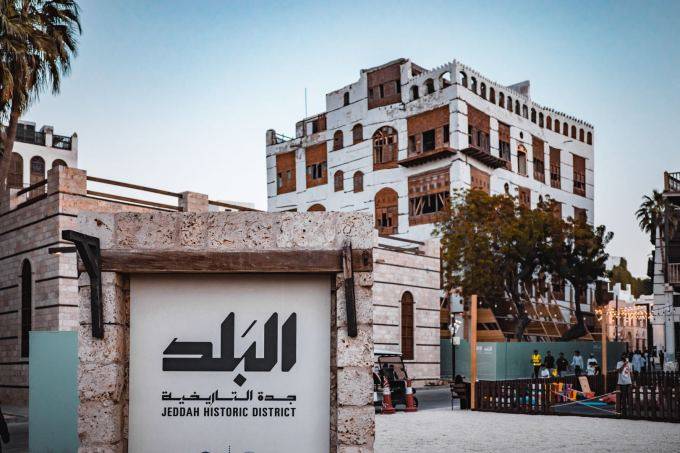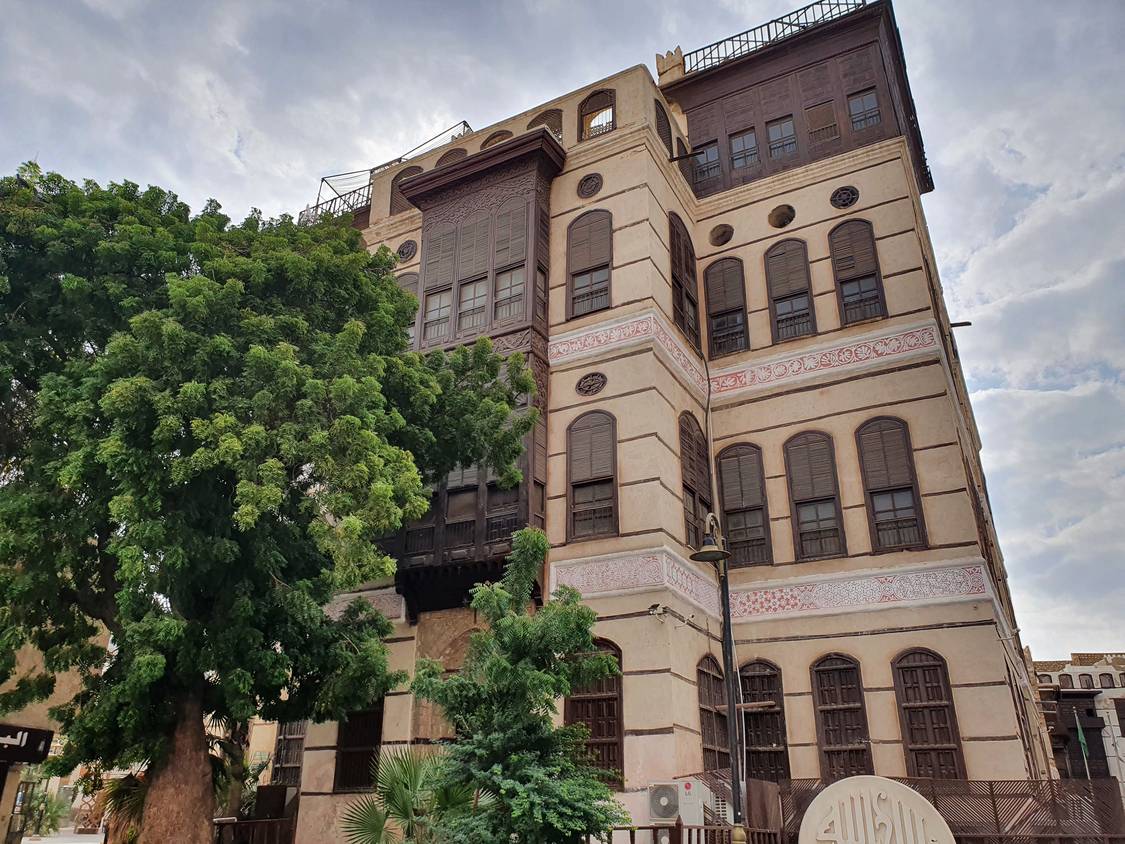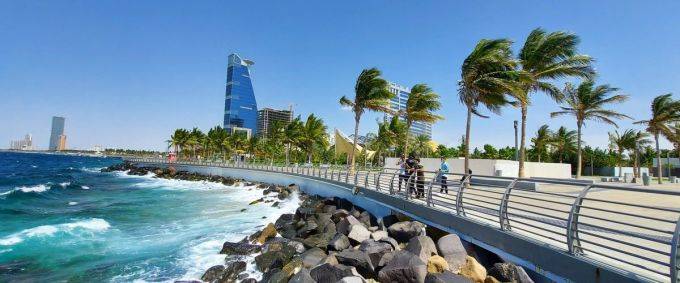Al-Balad Old Town
As early as 1000 years ago, Jeddah became the gateway seaport to Mecca, accommodating a continuous stream of pilgrims from around the world, gradually forming Jeddah's unique multicultural and urban landscape. Today, we can still see the well-preserved Al-Balad Old Town in the city center. The town was founded in the 7th century, and most of the buildings were constructed between the 16th and early 20th centuries. As a result, the town has been listed as a World Heritage Site by the United Nations.
Nassif House Museum
Nassif House is a historic building in Al Balad, the old town of Jeddah, built in the late 1800s for the then-governor of Jeddah, Omar Nassif Effendi. Since 2009, it has served as a museum and cultural center. The central hall of the museum leads to rectangular rooms and staircases on the south side, with many rooms decorated with artworks dating back to the 19th century. The doors and corridors feature Arabic calligraphy originally completed by the Ottoman Turks. The building's facade has two large bay windows spanning two floors above the main entrance, which have become a key element of traditional Jeddah architecture. The first floor is elevated above the ground because it has a cistern underneath to collect rainwater, making the entire house cooler. The museum also has a library with approximately 16,000 books belonging to the Central Library of King Abdulaziz University. Nassif House is also known as the 'House with the Tree' because it opens onto a square that once had a rare neem tree, which was the only neem tree in Jeddah until the 1920s.
Floating Mosque
A mosque built along the Red Sea, it looks like it is floating on the sea from a distance. During high tide, it seems to float on the waves, creating a very romantic scene. Despite its small size, this mosque is one of the most popular in Jeddah. It is constructed with a turquoise dome and white minarets, with the central dome supported by eight pillars. The roof features stained glass, blending modern and traditional Islamic architectural styles. In addition to its architectural features, the mosque has an open courtyard where Jeddah residents often enjoy the sea breeze and the sound of the waves, bringing a sense of peace to the soul. Remarkably, visitors are allowed to enter and observe the Islamic prayer rituals, but please remember to wear shoes, remain quiet, and women are required to wear a black robe and headscarf as a sign of respect.
Dayabat Museum
This is a private museum worth a careful visit. The architecture is magnificent, and the collection is rich and diverse, including pottery, clothing, jewelry, paintings, musical instruments, and more. Additionally, the museum has recreated the different residential styles of various regions of Saudi Arabia on a 1:1 scale, making the museum tour very interesting. The exterior of the museum adopts the traditional Hejazi architectural style of the old town, with intricate wooden lattice windows and ornate coral brickwork. Besides the exhibits, the museum also systematically introduces the history of the development of Islam and the past and present of Saudi Arabia. Each exhibit vividly introduces Jeddah to visitors, expressing the owner's infinite love for the city. The museum has four floors and is open from 8 AM to 12 PM and from 5 PM to 9 PM, closed on Fridays.
Fakieh Aquarium
Located in Jeddah, Saudi Arabia's first aquarium is still worth a visit, especially for those who cannot dive underwater. The transparent tunnels and large tanks in the aquarium provide a direct view of hundreds of rare marine species, about 85% of which come from Jeddah's little-known coral reefs. Here, you can see fairy jellyfish, garden eels, penguins, and rare marine animals unique to the Red Sea such as the marine wrasse, leafy sea dragon, and the world's most toxic stonefish. Additionally, the aquarium has activity experience areas for children and offers bilingual explanations in Arabic and English. In short, it will be a fun-filled visit.
Jeddah Waterfront
The seaside of Jeddah is a great place for leisure and vacation, and it is also one of the most charming places in Jeddah. Here you will find beautiful waterfront promenades, exquisite art sculptures, various restaurants, cafes, snack stalls, fishing spots, and yacht clubs. The entire Jeddah Waterfront is very large, perfect for a leisurely stroll, and along the way, you can find the Jeddah landmark, a very famous photo spot. If you want to enjoy the beautiful scenery at sunset, you can check out the King Fahd Fountain, one of the largest fountains in the world, with a water spray height of 312 meters, which is very dazzling at nightfall. Half of Jeddah's nightlife takes place in the seaside area and continues until late at night.















